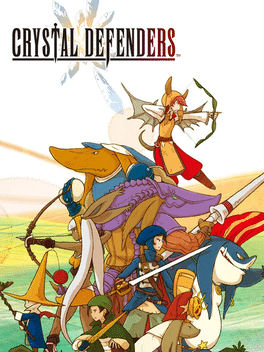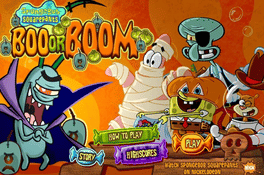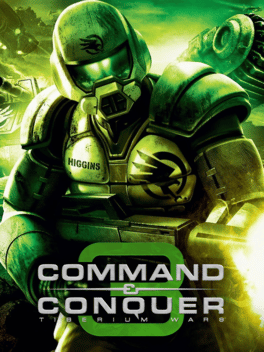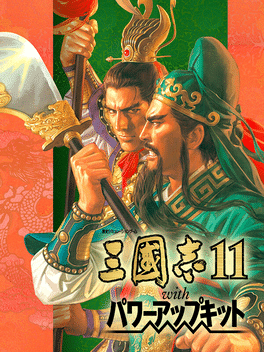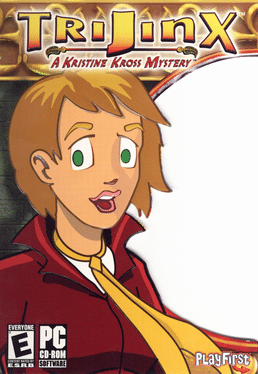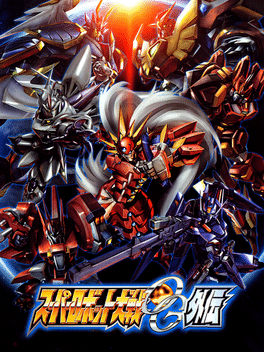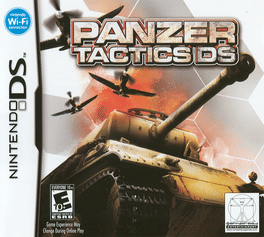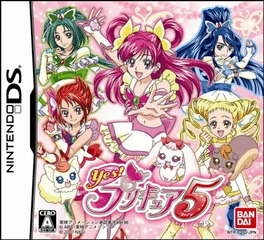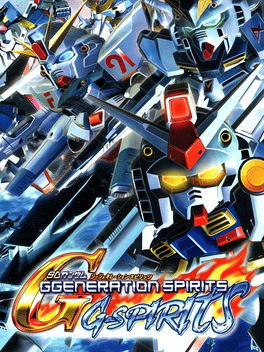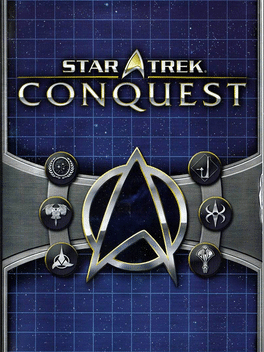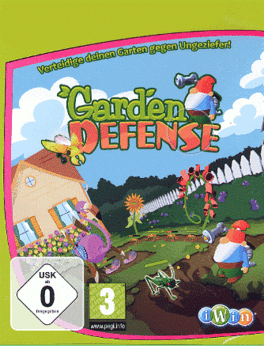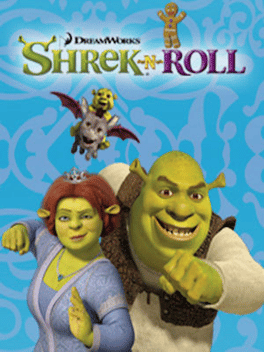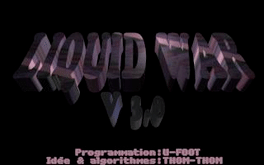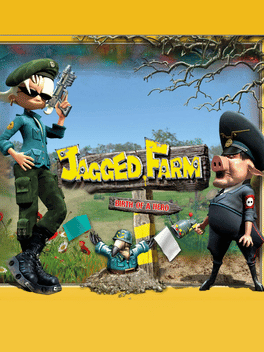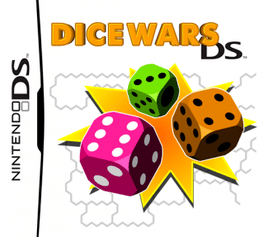New Strategy Games - Page 159
-
Crystal Defenders
2008
Crystal Defenders
2008
star 7Crystal Defenders is a defensive strategy game, in which the player must guard a path using troops taken straight from the Final Fantasy job classes, such as Soldiers, Archers and Black Mages. Every enemy who traverses the entire path means another crystal lost to the party. The game has three modes: W1 teaches the player the basics, W2 introduces Power Crystals which add a layer of strategy, and W3 is filled with more complex maps. -
Antbuster
2008
Antbuster
2008
Antbuster is a game that aims to protect your delicious cake on a picnic. The cake has 8 pieces and the ants will do everything to reach them. Fortunately, you can spread cannons through the garden, and each cannon can be evolved in several different ways. There are over 50 different types of cannons to crush these insects. Can you protect the picnic? -
Spongebob Boo or Boom
2007
A browser flash game where the player control SpongeBob, Patrick, Sandy, or Squidward to set plumsters in the neighborhood to blast away the Plank-O-Lanterns. Doing so turns the tiles into your character's color. Get the most candy points before the end of the level to win! -
Battlefront
2007
-
1 Line Space Trader
2007
-
Romance of the Three Kingdoms 11 with Power Up Kit
2007
star 7"Romance of the Three Kingdoms 11 with Power Up Kit" is an expanded version of "Romance of the Three Kingdoms 11," which was released in 2006 as the 11th game in the series. The grand battles that shaped the course of Chinese history are shown in 3D space! In Administration, players freely develop cities. In Battle, players experience intellectual battles using strategies and traps. Duels have evolved into quick paced challenges shown in impressive 3D. In addition, the Power Up Kit adds new scenarios and events, a "Final Battle mode," the "Absorb/Merge system," the "Research skills system," and an "Officer/Base editor." -
Merry Gear Solid: Secret Santa
2007
Merry Gear Solid: Secret Santa is a fan-created top down stealth action game in the vein of the Metal Gear series. -
TriJinx: A Kristine Kross Mystery
2007
Welcome to the world of TriJinx – an action-puzzle with a tumbling twist! TriJinx combines classic gameplay mechanics with an elegant and dynamic rotating game board, evoking the hypnotic charm of Tetris or Collapse but adding action, speed and dynamic beauty. Enter this rotational riddle and you will find yourself immersed in an intriguing story as well! -
Panzer Tactics DS
2007
-
Yes! PreCure 5
2007
Yes! PreCure 5
2007
A turn-based strategy game in which the player moves the team members of Pretty Cure 5 around on a grid. Computer-controlled opponents are members of Nightmare and their Kowaina. The whole game is controlled through the touch screen of the DS. -
SD Gundam G Generation Spirits
2007
SD Gundam G Generation Spirits is a Strategy game, developed by Tom Create and published by Bandai, which was released in Japan in 2007. -
Star Trek: Conquest
2007
Star Trek: Conquest
2007
star 5.6Stardate 41153.2: It is a time of unrest; all major races are at war, age-old alliances are forgotten and diplomacy is dead. Powerful fleets prowl the galaxy, vanquishing indigenous and enemy fleets alike, in the pursuit of galactic domination -
Garden Defense
2007
-
Shrek-N-Roll
2007
-
Liquid War
2007
Liquid War
2007
Gameplay takes place on a 2D battlefield, usually with some obstacles. Each player (2 to 6, computer or human) has an army of particles and a cursor. The objective of the game is to assimilate all enemy particles. The players can only move their cursors and cannot directly control the particles. Each particle follows the shortest path around the obstacles to its team's cursor. A player may have several thousands particles at a time, giving the collection of particles a look of a liquid blob. When a particle moves into a particle from a different team, it will fight and if the opponent particle fails to fight back (it is not moving in the opposite direction) it will eventually be assimilated by its attacker. As particles cannot die but only change teams, the total number of particles on the map remains constant. Since a particle can only fight in one direction at a time (towards its team's cursor), a player that surrounds its opponents will have a distinct advantage. The game ends when one player controls all of the -
Jagged Farm: Birth of a Hero
2007
Animal Farm meets Real Time Strategy. Welcome to Jagged Farm: Birth of a Hero. Plan, Fight and Defeat the evil pigs with all available weaponery. With courage and strategy to victory. -
Dicewars DS
2007
Dicewars DS
2007
Dicewars DS is a multiplayer version of a strategy glash game Dicewars for the Nintendo DS handheld console. It was submitted for the NEO Summer Coding Compo 2007. Your task is to conquer the whole game field by rolling dice. Each turn you may attack any opponent's territory from one of your adjacent territories as long as your territory has more than one die on it. When attacking, If you roll more than the defender, you win. At the end of each turn, the greatest number of adjoining territories you have is calculated, and you are awarded a bonus of that number of dice, which are placed randomly on your territory. In the network game mode, you will need at least 2 players to start a game. The player starting up the game will decide the minimum and maximum amount of players. If the players wish to start the game before waiting for maximum amount of players (up to 7 players at once), the rest of the slots will be filled with CPU players.
